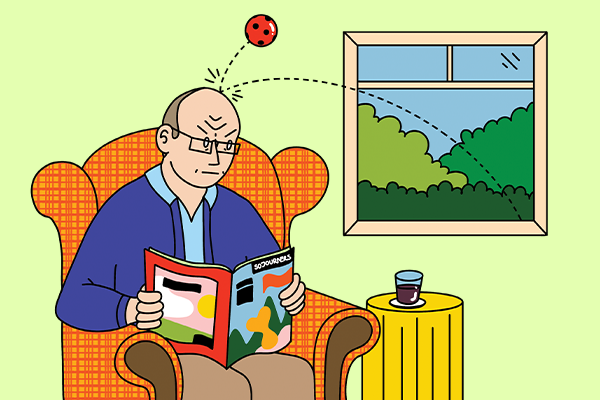HOW HAS THE pandemic changed you? This question can feel loaded, as though our answers should contain revelatory insights or transformational changes in our mindsets or lifestyles. My answers have varied. Since the pandemic forced my intense travel schedule to come to a screeching halt, I’ve realized just how unsustainable that schedule, with its impact on my family life, had become. I look forward to returning to traveling soon, but I am determined to be much more selective about it. I also often reflect on the ways that my family deepened our love for nature during the pandemic, breathing in the beauty of God’s creation. These are just a few of my answers.
But for some of us, the question elicits anxiety about going back to the broken “normal” of pre-pandemic times. For many, lurking behind the question is a recognition that some of the ways COVID-19 has changed us may not be for the better, and some of our struggles during this time may not simply go away because we are vaccinated and can now resume social activities. Sadly, the pandemic amplified a preexisting mental health crisis in this nation. A New York Times article by organizational psychologist Adam Grant popularized a new term: “languishing,” which describes the state of feeling aimless, joyless, and unfocused. This captures a wide continuum between flourishing and full-scale depression. Languishing can also have a deep spiritual dimension: We feel a sense of spiritual fatigue and emptiness or even feelings of abandonment and anger toward God. They can be compounded by the inability during the pandemic for most of us to experience in-person fellowship and worship.
As someone who has battled with situational depression in my life, I know how debilitating the fog of depression can be, and amid the pandemic I resolved to do everything in my power to avoid slipping into this vicious cycle. But too many others were not as fortunate, and many lack the lifelines of social support and mental health services. To make matters worse, mental health continues to be stigmatized, including within the church. This means that we often fail to catch the warning signs and are ill-equipped to extend vital—even lifesaving—supports.
As we come out of the wilderness of the pandemic, we must proactively address mental and spiritual health, encouraging our fellow congregants and loved ones to identify the warning signs and help them access mental health resources. We also must ensure these resources are accessible, particularly for marginalized communities and people lacking access to health coverage. We’ll need to give ourselves and others a great deal of grace, knowing that some of the habits we developed during the pandemic will not be vanquished overnight. As we individually and collectively heal from the trauma and grief of this wilderness period, we can take heart in the promise that God gave to Joshua as the Israelites were about to enter the Promised Land, telling them to “Be strong and courageous ... for the Lord your God will be with you wherever you go.” This is a timeless word of encouragement that we could all hear anew.

Got something to say about what you're reading? We value your feedback!






